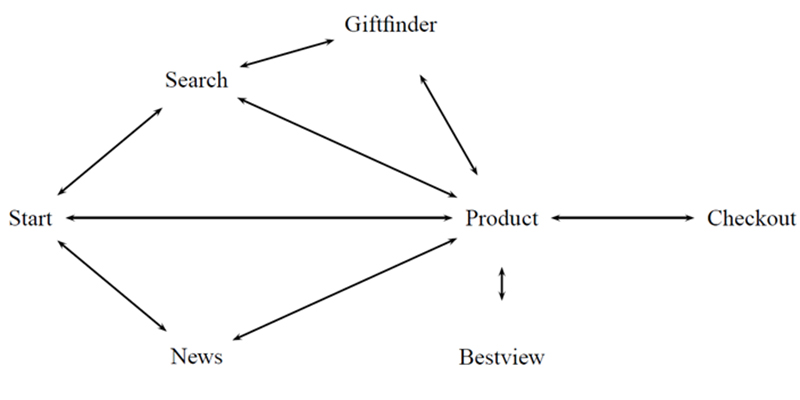How companies can predict website users’ online behavior
July 05, 2017
How can companies find out where their users are going next on their websites? Is it possible to predict which link they will click on next, based on the time they have spent on a certain page? Can all of this be done in real time, while users are still on the website? A research team composed of Patrick Mair (Harvard University), Horst Treiblmaier (MODUL University Vienna) and Paul Benjamin Lowry (University of Hong Kong) tackled these questions in their latest research.
Their results were recently published in the paper ''Using multistage competing risks approaches to model web page transitions'' in Volume 27 Issue 3 of the journal, Internet Research.
They used survival analysis, a branch of statistics that originated in medical research, and the dwell times of users on the web shop of a major industrial company to test their propositions. More than 2.5 million page impressions, which corresponded to about 140k sessions of roughly 100k users, were extracted and analyzed.
The results turned out to be highly interesting. Differences between (later) buyers and non-buyers can already be observed in their online behavior prior to any buying decision. Certain behaviors, as, for example, being “trapped” in a search cycle with repeated product searches in combination with specific dwell times, allow for interesting conclusions about whether a specific user is likely to turn into a buyer later on.
As Dr. Treiblmaier states “If companies are able to identify potential buyers while they are still navigating on their site, they can react immediately and dynamically adjust the content or even the structure of the website. This opens up completely new opportunities for personalizing web sites”.
The full article can be found online at the journal of Internet Research





